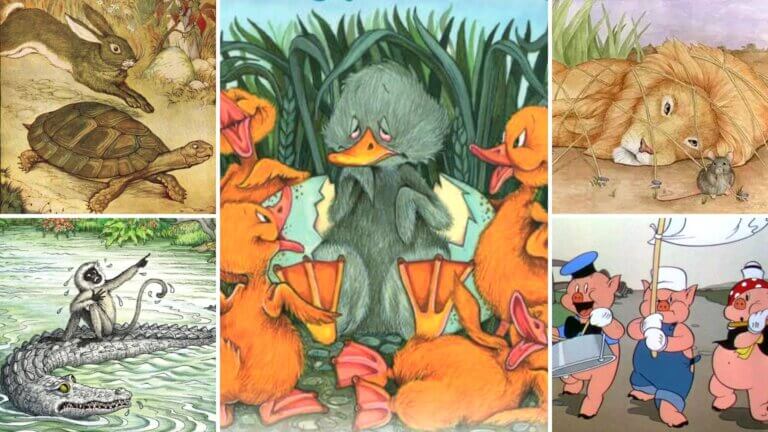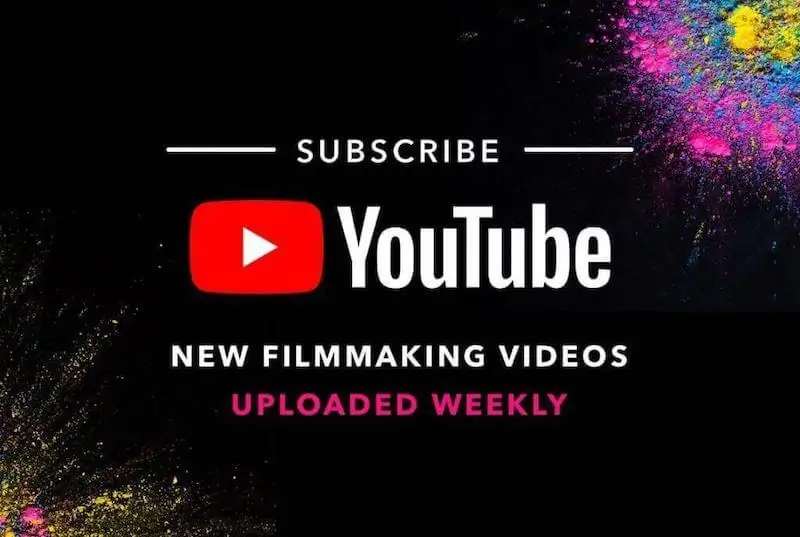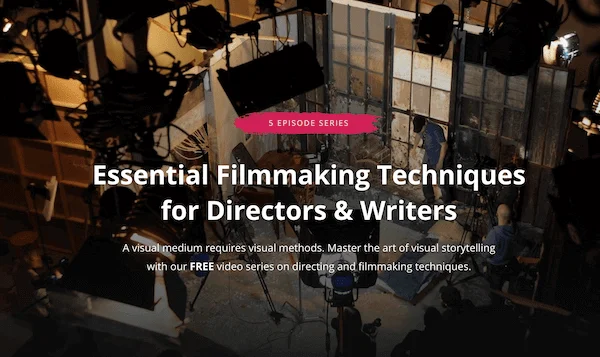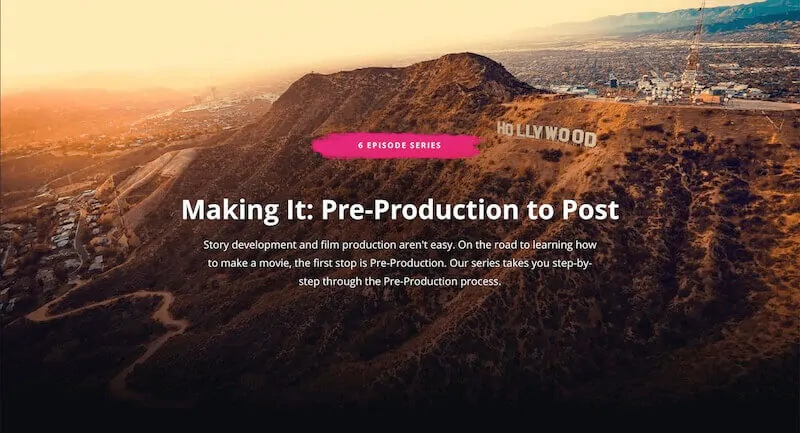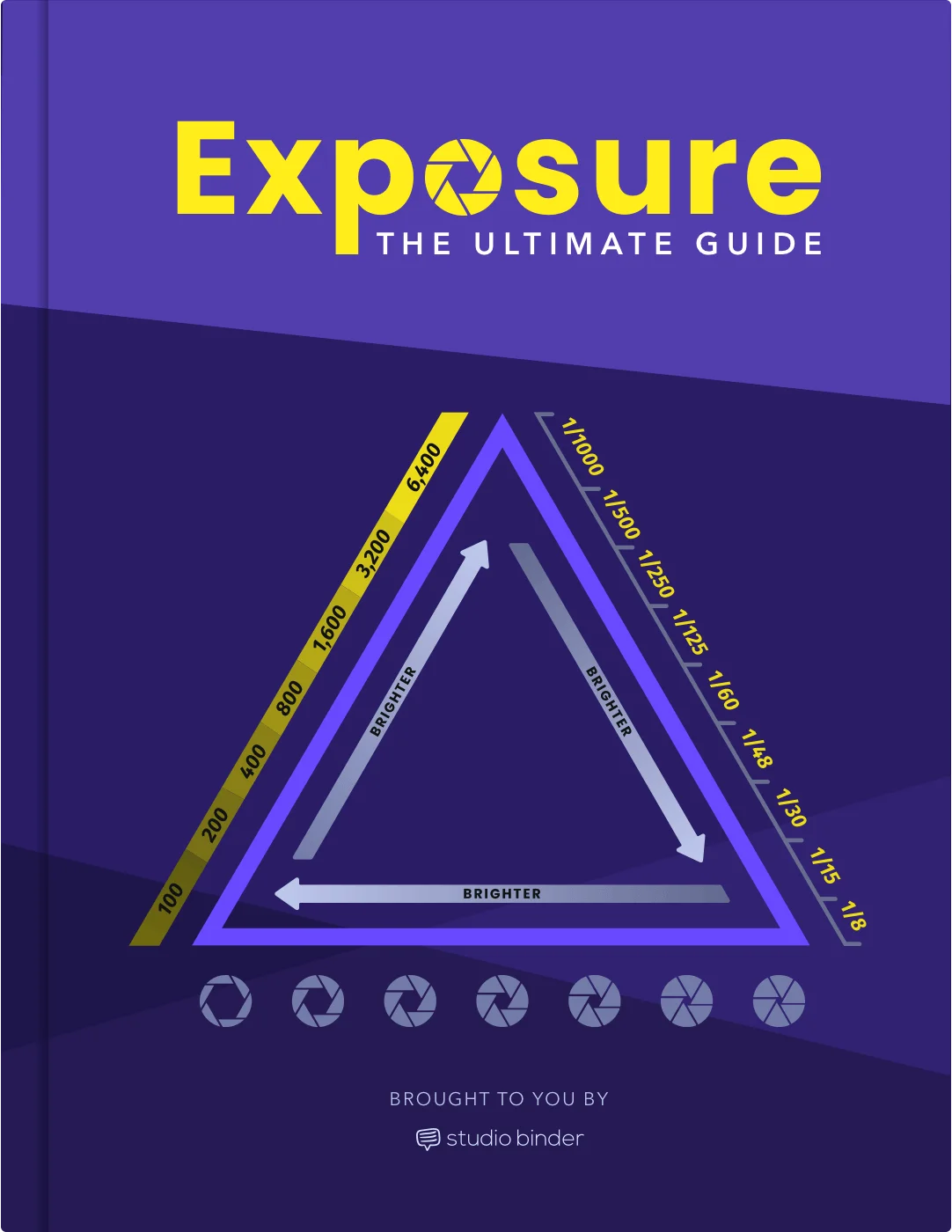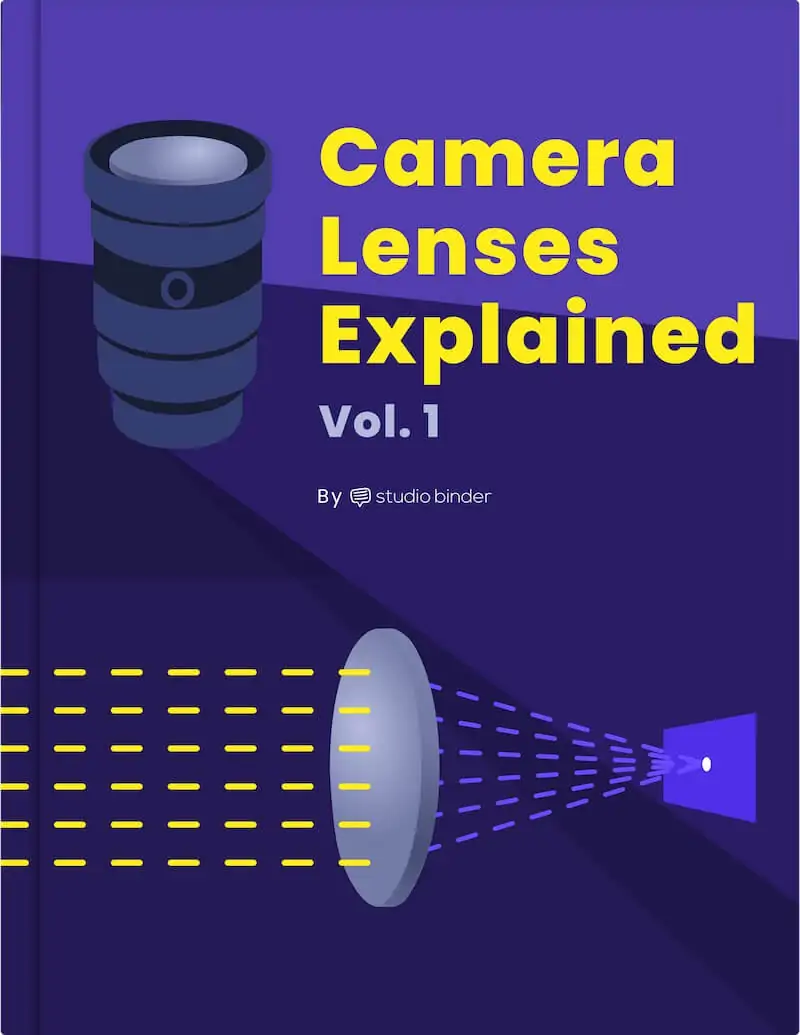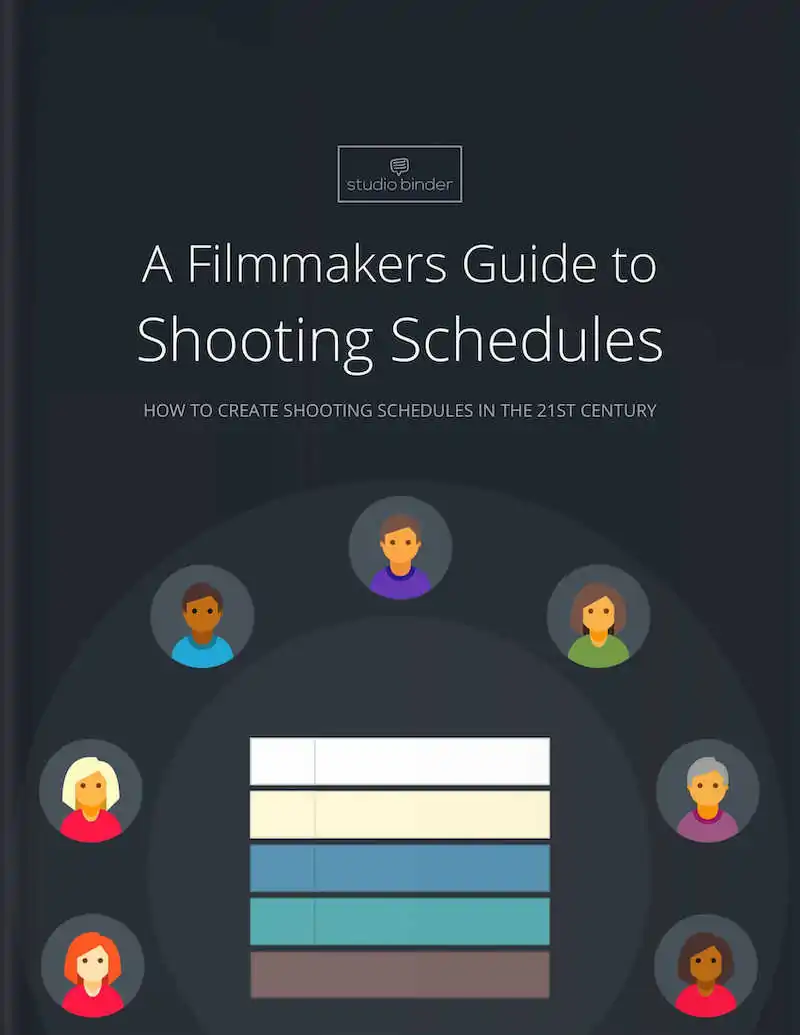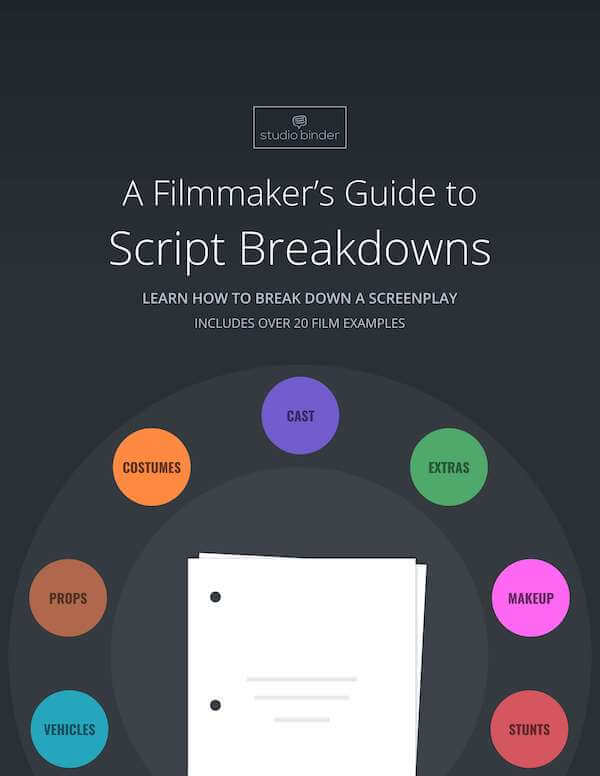Fables have been a cornerstone of human culture and communication for thousands of years, enchanting audiences with their magical blend of creativity, wisdom, and moral lessons. But what is a fable, exactly, and why has this form of storytelling stood the test of time? In this article, we’ll dive deep into the history, structure, and enduring relevance of fables. We'll examine their origins, their unique characteristics, and the profound ways they continue to shape our world today. Continue reading What is a Fable — Definition, Examples & Characteristics
Have you ever rearranged the letters of a word and discovered another hidden within? Welcome to the fascinating world of anagrams, a playful twist on our everyday language. Let's delve into this linguistic curiosity, exploring its definition, function, and numerous intriguing examples. Continue reading What is an Anagram? Definition & Examples
Abraham Lincoln famously said that “no government of the people, by the people, and for the people, shall perish from this Earth.” But did you know that “the people” is a famous example of an epistrophe? So, what is an epistrophe? We’re going to break down epistrophes by looking at epistrophe examples in writing. By the end, you’ll know how to recognize and utilize epistrophes.Continue reading What is an Epistrophe — Definition, Examples for Writers
When looking at some of cinema and literature’s most iconic characters, it's easy to find ones that are non-human. Animals, androids, and other non-human characters, however, have somehow won our hearts over in countless tales. This is largely due to the fact that these non-human characters are given human traits, otherwise known as anthropomorphism. What is anthropomorphism used for? Let’s define anthropomorphism and its function in the world of storytelling. Continue reading What is Anthropomorphism — Definition, Examples & Uses
What is a palindrome? Actually, there are a few different types and we will dig into all of them. In this post, we’ll define palindrome, cover the rules that govern the different styles, and take a look at examples of each type. We will even take a look at a few examples of palindromes in pop culture. Let's get into it!Continue reading What is a Palindrome — Definition, Examples & How They Work
Film is primarily a visual medium. Filmmakers have various tools to create meaning through visual elements, one of which is the visual metaphor. Visual metaphors are often subtle, but are incredibly important for filmmakers in communicating and resonating with an audience. What is a visual metaphor? How and why do filmmakers use them? We’ll break down a few visual metaphor examples to answer these questions and more.Continue reading What is a Visual Metaphor — Definition & Examples in Art & Film
What is a paradox? Definitions can often feel, well, paradoxical. Even though paradoxes have been part of human thinking for thousands of years, they are not always well understood. This seems particularly true of paradoxes in movies, which often leave viewers scratching their heads. Whether you want to get a grip on exactly what a paradox is, or write the next great brain-teasing movie paradox, this article will get you started. Continue reading What is a Paradox? Definition and Examples for Literature and Film
Anaphora can be iconic. Anaphora can be memorable. Anaphora can be effective. Okay, that may be a terrible example of the effectiveness of anaphora. Nevertheless, anaphora is responsible for some of the most iconic speeches in history. What is anaphora and how does it accomplish all of these things? In this article, we’ll take a look at the definition and examine uses of it in history, literature and film. Continue reading What is Anaphora — Definition and Examples for Writers
Context has the ability to change the meaning of a story and how we view its characters — but what is context? We’re going to answer that question by looking at examples from The Office, In Cold Blood and more. We’ll also look at some tips and tricks for how you can effectively implement this necessary element in your own stories. By the end, you’ll know why context is so important and how to apply it in a variety of different ways. But before we jump into our examples, let’s define context.Continue reading What is Context — Definition and Examples…
One of the most effective ways at making a line of text in literature memorable is by creating rhythm. Writers have a few ways of creating rhythm such as rhyming and alliteration. However, both can become redundant because of their more obvious nature. A more subtle literary device that creates rhythm is assonance. What is assonance? The effects of assonance are similar, but are technically achieved in a different way. In this article, we’ll discover how by looking at the assonance definition and examples.Continue reading What is Assonance — Definition and Examples for Writers
